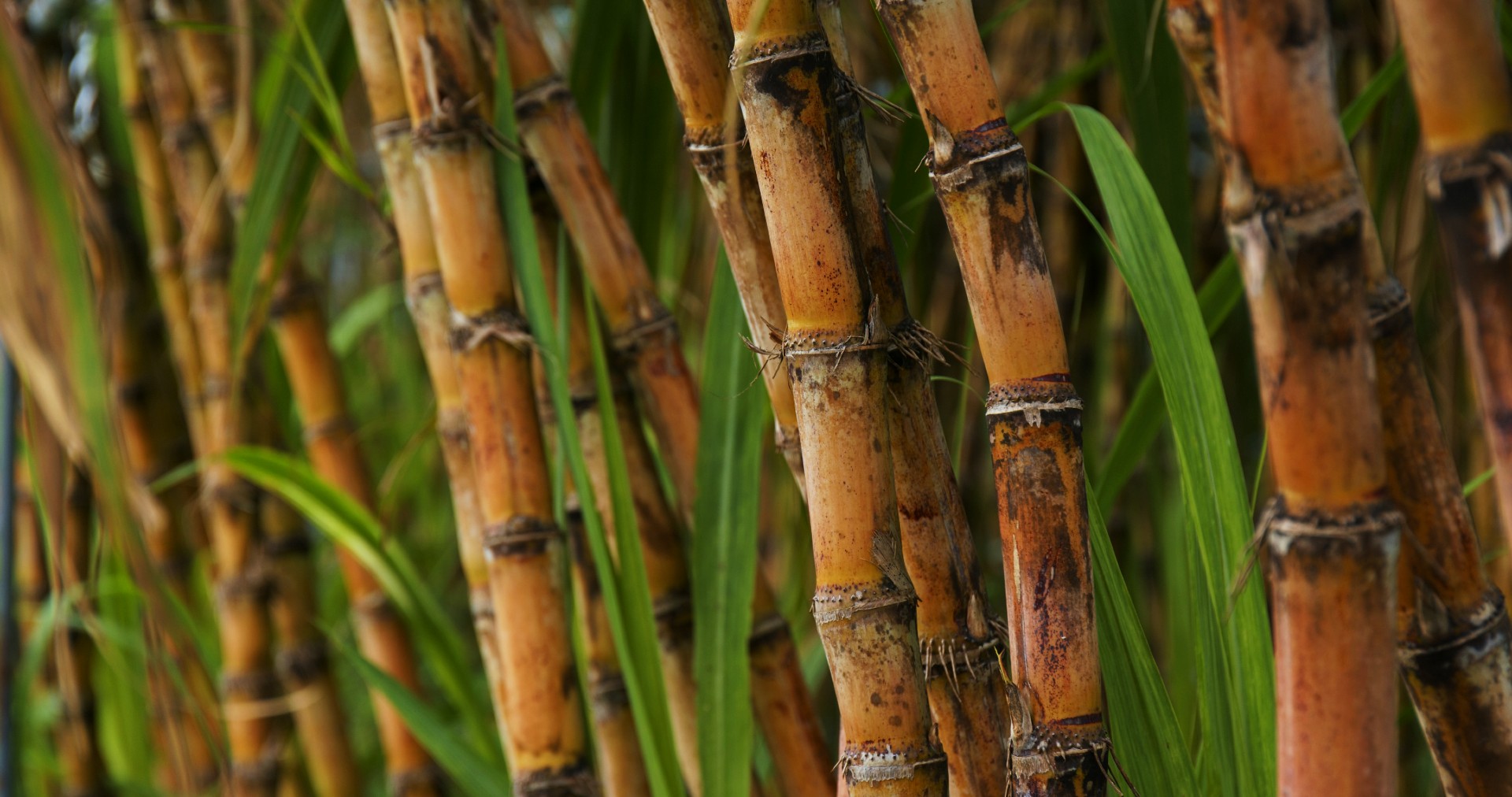
There are many questions about the process of alcoholic fermentation (AF) and its effects. These include the biotechnological processes, the Crabtree effect, and the exothermic decomposition of sugar and other carbohydrates. You can learn more about AF in this article.
Alcoholic fermentation
Alcoholic fermentation is a process in which yeast breaks down glucose and other sugars to produce alcohol. In addition to ethanol, the yeast produces other metabolic by-products like heat, water, and carbon dioxide.
The first alcoholic beverage known to have been purposely fermented was a brew made from grapes, rice, and other grains. This earliest record is dated back to 7000 BCE.
Alcoholic fermentation is carried out by yeasts, as well as by a few other fungi. While yeasts can metabolize sugar under anaerobic conditions, they generally use aerobic processes. It is these fermentations that contribute to the sensory properties of a fermented product.
Reserve Carbohydrates
The production of bioethanol from algae requires the mobilization of algal sugars. Budding yeast ferments these sugars to ethanol after enzymatic hydrolysis. Cyanobacteria and other eukaryotic photosynthetic microorganisms now produce alcohols using the process. Consequently, there is a renewed interest in understanding the steps involved in the process.
This review focuses on the steps involved in the hydrolysis of major algal carbohydrates. It does not address more advanced topics, such as the synergistic effects of isoamylases. For now, we will concentrate on the hydrolysis of the three most critical algal carbohydrates: glucose, glycogen, and trehalose.
Exothermic Decomposition
Ethanol is a renewable fuel source and a primary constituent of alcoholic drinks. The fermentation of sugar and yeast produces it. The process is an exothermic reaction that releases enormous amounts of energy.
A student in an introductory chemistry course can perform this simple experiment. It does not require expensive equipment. Students should wear safety glasses because splashing is possible. This experiment adds yeast to glycerol and sugar. Temperature is measured after 30 seconds.If the resulting temperature is below 95F, it is an exothermic reaction. Once the temperature reaches 85F, the content of the fermentor begins to rise.
Crabtree Effect
The Crabtree effect is a phenomenon that occurs in some yeasts and sugar-making ethanol. It is named after Herbert Grace Crabtree.
It is believed to be caused by a global rewiring of the rapid growth elements. This changes the regulation of genes associated with respiration. However, the exact mechanisms of Crabtree are not well understood.
A Crabtree-positive yeast, such as Komagataella phaffii, ferments with a higher glucose uptake rate in the presence of oxygen limitation. They also exhibit a diauxic growth profile due to the depletion of glucose.
Ethanol is a well-known product of fermentation. Several well-known intermediates of aerobic growth include acetate in E. coli and ethanol in Saccharomyces cerevisiae.
Glycerol Production in AF
The production of glycerol in alcohol fermentation is a crucial property of baker’s yeast. This by-product of sugar fermentation improves the flavor of alcoholic beverages. It also serves as an osmotic regulator.
In osmotic conditions, glycolytic intermediates like lactate produce glycerol. Glycerol kinase phosphorylates and NAD+-dependent dehydrogenase oxidizes glycerol. The yeast enzyme complex generates 2 mol of ATP and 1 mole of triose. A proton symport protein, STL1, encoded by the Candida alba gene, is responsible for the active transport of glycerol.
During the exponential growth phase, the ethanol production rate slows down. This is due to the reduced production of carbon dioxide from fermented sugar. On the other hand, increased glycerol production allows the yeast to start fermentation earlier.
Biotechnological Process
Alcoholic fermentation is a biotechnological process involving several microorganisms that transform grape juice into alcohol. This process is one of the oldest forms of biotechnology. It is a crucial component of the production of alcoholic beverages.
In this process, yeast transforms sugars into alcohol. Some bacteria and yeast species do this without the need for oxygen. These species produce ethanol, fatty acids, and aromatic compounds. They are used in the food industry and for other biotechnological purposes. The yeasts most commonly used in the food and beverage industries are Saccharomyces cerevisiae, Endomycopsis, and Kluyveromyces.
Yeasts are versatile biocatalysts that have many applications. They are helpful in the synthesis of fine chemicals and chiral building blocks. Their unique metabolic flexibility and adaptability enable them to function in anaerobic and aerobic conditions.